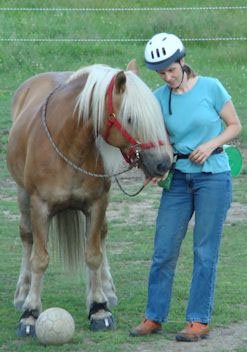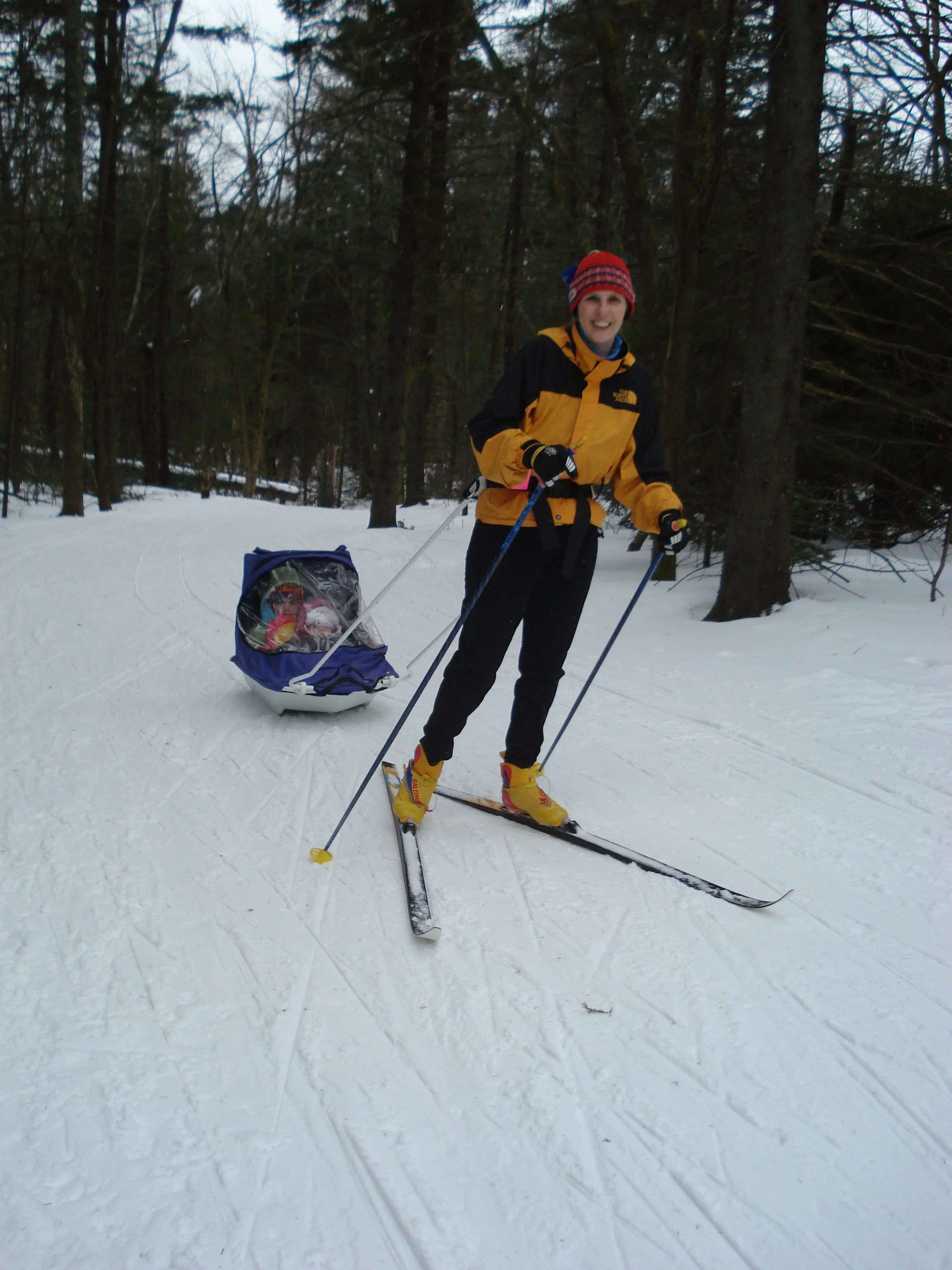I took my two-year-old daughter to the doctor for a blood test and, needless to say, it was a very stressful event for both of us. She talked about it that day as we drove to the co-op for lunch, but as the days went by it seemed forgotten. Fast forward to one week later. We were driving to the co-op again and she was complaining about the long car ride. I said, "look out the window and you will see we are very close". She looked, then said, "Mama my arm hurts." "Really", I said, "what happened?" She replied, "two ladies stuck a sharp thing in it. Mama it really hurts!"
I realized that the view out the window at that moment was the same as what she was looking at one week ago when her arm really was hurting. This visual association took my live-in-the-moment toddler back to the past, and it felt real to her.
Many of my animal clients experience such fear by association episodes, and I have been experimenting with ways of helping them let go of the fear. I use the technique with all species, but dogs seem to benefit most from this particular fear releasing meditation.
First, a clarification of living in the moment. Most animals live in the moment all of the time. However their past can affect their mental and emotional development, so they're in the moment experiences can still be colored by past good or bad experiences. Sometimes, as in the case with my daughter, the past can jump into the present moment when a memory is triggered by a sight, sound, smell, or other sensory input. For example, I have one client with two cats that used to get along. They had one terrifying experience, which lead to transferred aggression (one cat attacked the other) and now the house where they had their fight constantly keeps them in the experience of strife. But, when they go to another house, they slowly integrate back into getting along.What can you do if your animal is fearful? The first step is to identify the fear or trigger.
One client called me when their dog Simon stopped eating. They didn't know if he didn't like his food or if he was sick. He had a different story altogether. He had become afraid of his food bowl. He is already a very sensitive guy, and when his collar contacted the bowl and made a noise he had become frightened. The solution in this case was easy. Reassure him and change the bowl!
On another occasion Simon became afraid of walking down the hallway past the door to the basement. He let us know that he had seen the plumber man go down but never saw him come up. He was afraid this man was lurking behind the door. Poor Simon! In this instance his fear was not as easily alleviated. I tried my fear releasing meditation with him (see below to try it with your own animal friends). He slowly felt better about the hallway, but it was not an overnight cure. Of course we all know from our own experiences that letting go of a fear is an inner journey that usually takes time.
I would like to reassure you by letting you know that animals are not usually in a constant state of stress. When they are faced with a fear or a reminder of a fear then they are fully engaged in that moment of fear. But, when they are away from the situation, (such as Simon when he was in the yard instead of the hallway), they are happy and present with themselves in the moment. Simon was not moping in the yard thinking, "Oh dear how am I going to live with that scary man in the basement." He wasn't thinking about it at all, because he wasn't looking at his trigger, the door.
Sometimes humans can accidentally create more drama around a fear by talking about it and worrying about, bringing it into the present moment more often than necessary.
There are many ways of working on releasing fears. Re-associating the trigger with something positive can be very helpful. i.e. if a dog is afraid of men, you can give him tons of delicious treats every time he sees a man. I highly recommend the TTouch technique for helping animals release the fear from their bodies and cellular memory.. You can also try my meditation...
Fear Releasing Meditation
1) Imagine the answer to the following question or have a consultation with me to find out... “What are you feeling? Please show me exactly how this fear feels to you emotionally and physically. Tell me what you think about this fear.”
2) Repeat what you understood back to the animal. Show them that you understand. Don’t judge or tell them that the feeling is irrational or wrong. Do not tell the animal that their feelings are unjustified. Don’t say, “Thunder is nothing to be scared of.” Invalidating feelings does not help; showing them a different way to feel does help.
3) Meditate, imagining the scene from your animal's perspective. Start from the most difficult point of the fear experience. Then gently imagine a step they could take (emotionally) to feel better. Don’t rush; just slowly imagine the physical surroundings remaining the same, but the feelings get better. Example: A dog is afraid of thunder. He feels like he can’t breathe and is terrified. You go inside of that perspective (imagining the thunderstorm). Gradually feel a physical relief in the breathing and gently imagine less fear.
4) Repeat this meditation everyday for a few weeks, if you notice the fear response lessening then continue the mediation as needed.
































